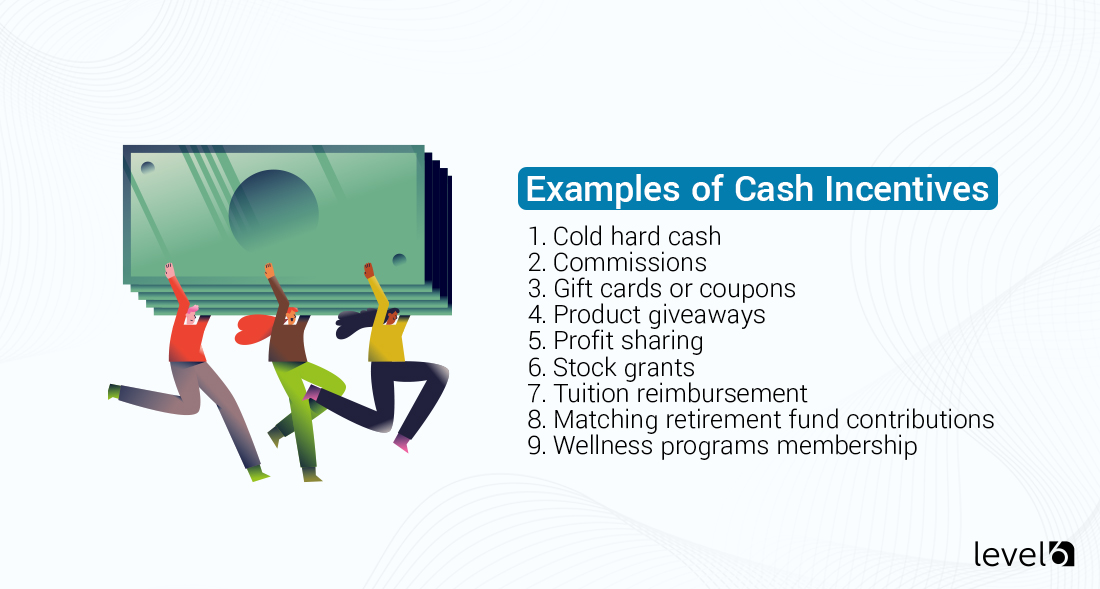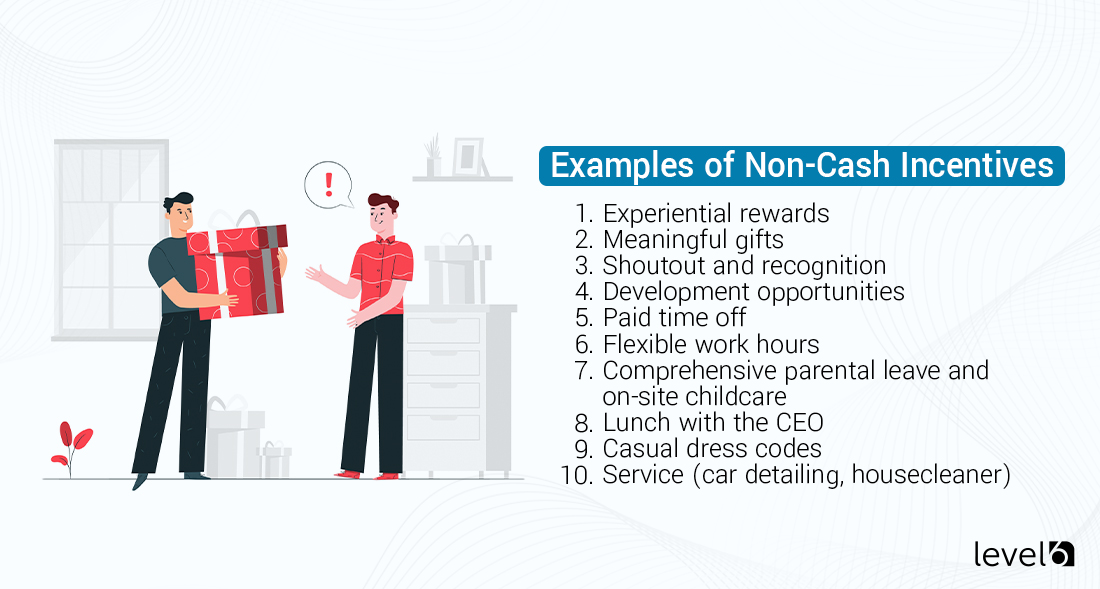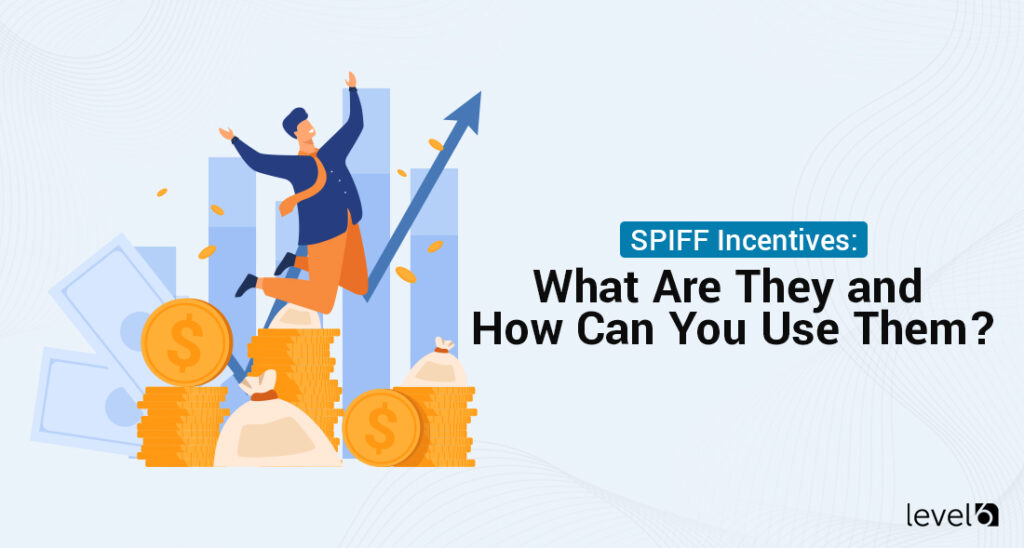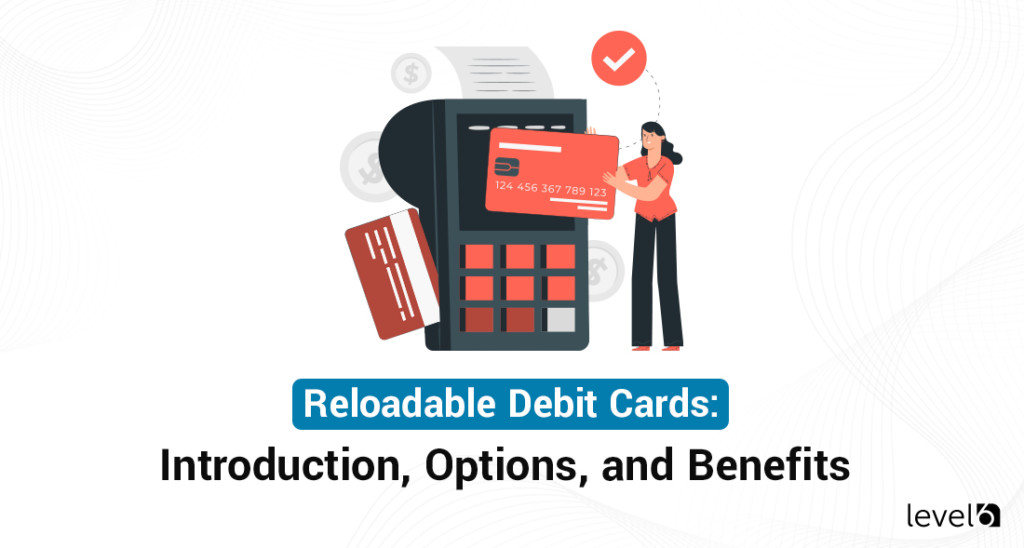It’s pretty clear that “given the importance of recruitment, retention, and engagement, incentive programs will be more important than ever.” That’s according to the Incentive Research Foundation (IRF) in a report released earlier this year.
They make a compelling case for robust incentive programs to be competitive in the current job market, with “overall incentive budgets….expected to increase by 34%” this year.” Merchandise is expected to increase by 30% and gift cards by 34%.
Once again, “The Great Resignation” plays a part in this thinking. In this post-pandemic world, employers must expand their reach to motivate and connect as many employees and partners as possible.
Whether the motivators behind employee incentive programs are to stay competitive, to focus on employee retention, or to reward their employees for safe work practices, now is a good time to consider the pros and cons of cash versus non-cash incentives.
Commons goals for employee incentive programs include:
- Increasing morale among the staff
- Showing care for employees
- Rewarding productivity
- Improving customer service
- Building strong team engagement
Cash Incentives
You don’t have to look much further than the work of behavioral psychology to see the power behind understanding the drivers of common actions. According to McKinsey & Company, people respond to “objectively” better offers when it comes to incentives.
Offers like cash.
They cite the example of encouraging people to go to the gym and work out. While the promise of a healthier and leaner body may not be enough to keep someone going to the gym, adding in even a small financial reward can powerfully influence regular gym workouts.
It seems that the reason “cash is king” is that it offers an immediate, no-strings-attached benefit that can be spent wherever and however the recipient chooses. This may be paying down bills or splurging on the specific item or experience that will mean the most.
Looking to learn more about an incentive, rebate
or reward program for your business?
Curious about costs?
Try our instant pricing calculator:
It’s hard to compete with a reward that can translate, or at least contribute to, an individual’s exact and specific desire. One company we know rewards its entire staff (plus their spouses) at an annual Christmas party by playing the “Gift Exchange” game. Or, as it’s sometimes called, the “Steal a Gift” or “White Elephant” game:
- Traditionally, this game is played by every participant bringing a wrapped and untagged gift. All the gifts are loaded in a central area, and each player gets to pull a numbered card to determine the order of the game.
- Player number one can choose any of the gifts from the table and open it. The game starts to kick in when there are a few players who have opened and revealed their “surprise” gift. Once a gift has been revealed, players who have already received a gift can steal the newly revealed gift if they think it’s better or more desirable than the one they opened.
- There’s usually a three-steal limit on the game, so whoever is the third person to steal someone’s gift they are guaranteed to go home with it. Some people will go home with yet another candle or picture frame, while a few will carry home the ultimate prize of the evening, whatever that may be.
- The twist this development company gives to the game is that the employer provides all the gifts, and there’s no dud among them. The gifts include flat-panel TVs, espresso makers, DeWalt tools, and more. Stealing is fierce, and everyone goes home with a truly valuable gift.
The interesting outcome of this reward “program” is that over 60% of the recipients go home with a great gift only to sell it online or give it away. Because at the end of the day, however expensive and desirable a gift may look, if it’s not what you want, most people would rather have the cash to spend on whatever that is.
Non-Cash Incentives
Now that we’ve discussed the research behind cash incentives, is there a case to be made for non-cash incentives? It appears there is.
Incentivate says that “non-cash incentives function the best in terms of cost-effectiveness, ROI, and overall results when it comes to incentives.” They suggest that research proves non-cash incentives are more effective when motivating workers to fulfill corporate goals.
Most people say they want to be rewarded with cash, but “behavioral economics research shows that the emotions associated with non-cash incentives can outweigh the dollar’s straightforward utility.”
The Journal of Economic Psychology also seems to support the importance of giving non-cash rewards. Apparently, when study participants were asked whether they’d prefer a “hypothetical” choice between cash or non-cash incentives, they chose the cash incentive. But once a specific non-cash reward was available, these same participants would work harder for the non-cash reward.
Duke professor Dan Ariely, who specializes in behavioral economics, cited an example of this from the Goodyear Tire & Rubber Company. They divided their 60 retail districts into two groups — according to previous sales and with equal performance — and incentivized one group with cash rewards and the other group with non-cash rewards.
The non-cash-rewarded group increased sales by 46% more than the cash-rewarded group. Ariely suggests that this may be because “we can visualize tangible rewards (imagine yourself on a Hawaiian beach), which creates an emotional response. Money, on the other hand, is not accompanied by images as often…and lacks the emotional pull that tangible rewards have, so [is} less effective in motivating employees.”
Examples of Cash Incentives
Examples of cash incentives include:
- Cold hard cash
- Commissions
- Gift cards or coupons
- Product giveaways
- Profit sharing
- Stock grants
- Tuition reimbursement
- Matching retirement fund contributions
- Wellness programs membership
Examples of Non-Cash Incentives
Examples of non-cash incentives include:
- Experiential rewards
- Meaningful gifts
- Shoutout and recognition
- Development opportunities
- Paid time off
- Flexible work hours
- Comprehensive parental leave and on-site childcare
- Lunch with the CEO
- Casual dress codes
- Service (car detailing, housecleaner)
Pros and Cons of Cash versus Non-Cash Employee Incentives
While cash is a quick, practical, and easy way to incentivize your employees, it’s most often linked to performance and ROI. This can create excitement and buy-in when there are measurable outcomes that each employee will be able to reach for and attain.
Cash rewards in the manufacturing sector, service, and sales industries can contribute to higher sales and improved customer service. They’re not as good as motivators in “complex creative jobs that make up most work in our modern, knowledge-based society.”
As we mentioned above, the biggest benefit of cash rewards is that they give the ultimate flexibility and freedom so your employees can spend rewards exactly as they choose. There are no limits on where or how they can spend their hard-won wins.
On the other hand, cash incentives can be viewed more as a salary bonus rather than an affirmation of who they are to the organization. This results in a loss of impact and misses opportunities to tie the employees’ loyalty to the overall corporate culture.
Cash rewards can also often disappear into the family budget unless the recipient is intentional about setting the money aside for something special. More people use cash bonuses to take care of bills, especially now, with inflation hitting a 40-year high.
If your employees are struggling financially (which you may or may not know about), they’ll be more grateful for a cash-based reward that helps pay current living costs, deal with debt, or may give them security around their future retirement.
But if that’s not the case, there are many reasons to invest in a non-cash-based incentive program for your employees.
The biggest “pro” of a non-cash incentive is that employees report feeling affirmed and rewarded for more than their financial contribution to the organization’s bottom line.
Non-cash rewards tend to be memorable, and employees feel more comfortable sharing the good news that they’ve been awarded event tickets, a paid vacation trip, or some other experiential rewards. It’s less comfortable to share excitement over a $5,000 bonus and how someone intends to spend it.
Often, a non-cash incentive, whether it’s tangible or non-tangible, can be viewed as a luxury item, one that an employee may not necessarily justify spending the money on for themselves. Experiences like an afternoon at a spa, an overnight at a high-end hotel, a golf weekend, or other experiences tend to lock into our memory banks and make us feel good.
Being seen as the boss who provided the opportunity for a memory-making occasion helps drive staff loyalty in ways that cash bonuses don’t.
Affirmation and recognition are still powerful ways to help staff feel valued and important. These are the simplest ways to reward your employees, and the more personal and thoughtful the recognition, the more meaningful this will be. Even a cash gift will have more impact if a personal and sincere thank you note is included.
Studies have found that up to 50% of workers focused more on how a reward was presented rather than on the reward itself.
Some of the non-cash cash gifts that make the biggest impact are those that give employees the opportunity to say how and where they spend their time working. Now that most companies can gather their employees under the same roof again, many are choosing to let their employees have some say in spending part of their time working from home. Paid time off (PTO) and flexible work hours are also seen as valuable incentives, and research shows that employees who take time off feel less stressed and more engaged.
Harvard Business School Assistant Professor Ashley Whillans believes employee rewards, especially the non-cash variety, tap into three strong psychological needs:
- A longing for autonomy and freedom to choose how to accomplish work.
- A need to garner the skills needed to appear competent at work.
- A feeling of belonging by connecting with their colleagues.
Shifts in Cash versus Non-Cash Incentive Preferences
Another study we found from the IRF surveyed 1,500 full-time U.S. respondents. The study looked at how employees expressed their preferences for incentive rewards.
The 1,500 employees surveyed were balanced as evenly as possible:
- No single industry represented more than 14% of the total sample.
- 51% were men, 49% were women.
- Millennials (23-39) made up 30%.
- Gen X (42-57) made up 30%.
- Baby Boomers (58-74) made up 36%.
- A small number of Gen Z (18-22) and Silent Generation (75+) members made up 4%.
The study found that nearly half ranked getting a paid day off within the top three of their most preferred incentives. Twenty-one percent listed it among the next four top preferences, and only 9% put this type of incentive at the bottom of their preferred list.
The next most preferred incentive reward had to do with experiences that included flexible scheduling, all expenses paid for an event, and having the boss pick up the tab for a family meal.
Incentive rewards that were the least desired included getting a trophy, certificate, company logo merchandise, a designated parking spot, and a company-wide email about accomplishments.
Interestingly, the study found “no recognition strategy that is universally embraced or dismissed.”
The younger generations of workers (Gen Z and Millennials) wanted developmental opportunities or the chance to share a meal with company management as two ways to establish their career paths.
Not surprisingly, the older generations of workers (Gen X and Baby Boomers) wanted more flexibility in how they spent their time as well as more opportunities to have experiences with their families.
With the recent economic downturn, more Baby Boomers are delaying their retirement and feel rewarded with workplace flexibility and unexpected PTO to spend with their families.
Women preferred gift cards, award points and food gifts, and flexible scheduling, while men were more interested in developmental opportunities to advance their careers.
Millennials (23-39) are the largest generation in the U.S. labor force. Another study found that they have different priorities than the generations above them. 85% of them are motivated by promotion through “outstanding individual achievement,” and 95% say that work-life balance is their top priority.
Personalized rewards mean a lot to millennials, who are happiest when they’re recognized by sincere written or verbal thanks. Every other type of cash or non-cash incentive given should be combined with this seemingly small reward.
The youngest generation in the workforce, Gen Z (18-22), feels rewarded with access to the latest and unrestricted technology. They want to use their personal phones for work purposes and enjoy digital perks like a new phone or Netflix or Spotify subscriptions.
Gen X (42-57) employees want training and development through leadership programs and training but also appreciate rewards that give them paid time off and a flexible work schedule.
At the end of the day, there really isn’t a one size fits all incentive program. The best incentive programs are the ones that are tailored to your company’s unique situation and desired outcomes.
Sometimes, a simple and sincere thank you can be enough. Other times, adding a thoughtful cash or non-cash incentive will help increase productivity, lower job turnover, and ultimately provide healthy returns on investment.

Claudine is the Chief Relationship Officer at Level 6. She holds a master’s degree in industrial/organizational psychology. Her experience includes working as a certified conflict mediator for the United States Postal Service, a human performance analyst for Accenture, an Academic Dean, and a College Director. She is currently an adjunct Professor of Psychology at Southern New Hampshire University. With over 20 years of experience, she joined Level 6 to guide clients seeking effective ways to change behavior and, ultimately, their bottom line.
 Demo
Demo








